 |
||||||||||||
|
March/April 2017
BY MARC LEEPSON “When I have your wounded.” Those were the words U.S. Army Maj. Charles Livingston Kelly growled just before taking a bullet in the chest while flying his Dustoff Huey helicopter into a hot LZ near Vinh Long on July 1, 1964. Those words—which Kelly barked out when a sergeant on the ground urged him not to risk landing—have been adopted as the credo of the U.S. military men and women pilots, medics, and crew chiefs who do the highly dangerous humanitarian work of flying into combat areas to evacuate the wounded. Charles Kelly’s story is at the heart of the 2012 documentary, When I Have Your Wounded: The Dustoff Legacy, produced and directed by the husband and wife team of Patrick and Cheryl Fries. Narrated by Charles Kelly’s son Charles L. Kelly, Jr., this first-class documentary traces the history of Dustoffs from their bare-bones beginnings in Burma during World War II to their still-rudimentary use in the Korean War as they worked in conjunction with the first Mobile Army Surgical Hospital (MASH) units. The movie concentrates on the revolutionary and startlingly successful use of the Bell UH-1 Huey during the Vietnam War, starting in April 1962 when the first “air ambulances” arrived in country, and ending with the 1973 U.S. combat troop withdrawal. Dustoffs were named for the call sign the Army adopted in 1963 for all medevac helicopter missions—a reference to the dust the choppers kicked up when landing. They extracted some 900,000 military personnel and civilians, usually under dangerous wartime conditions. Some 215 helicopter ambulance crewmembers were killed in action in Vietnam, according to the Dustoff Association’s Killed in Action Database.
A “gruff, stubborn, dedicated soldier who let few obstacles prevent him from finishing a task,” Kelly was the first Dustoff pilot “to exploit fully the possibilities of the medical helicopters,” Peter Dorland and James Nanney of the U.S. Army Center of Military History wrote in Dustoff: Army Aeromedical Evacuation in Vietnam. Within six months after taking over the 57th, Kelly “set an example of courage and hard work that Dustoff pilots emulated for the rest of the war.” Kelly and his men regularly flew dangerous missions at night and in all kinds of weather. “He fought his way to the casualties and brought them out,” Dorland and Nanney wrote. On one such mission, heavy enemy fire forced him to turn back from the LZ before he could get the wounded on the chopper. An hour later, Kelly “tried to land exactly the same way, through enemy fire, and this time he managed to load the patients safely.” Kelly’s goal was “saving lives, no matter the circumstances; get them out during the battle, at night, in weather, whatever. Get those patients,” Patrick Henry Brady, who flew with Kelly, wrote. Brady later received the Medal of Honor for his courage under fire piloting a Dustoff in and out of hot LZs while evacuating fifty-one seriously wounded men near Chu Lai in January of 1968.
When I Have Your Wounded demonstrates that the techniques developed by the pilots, medics, and crew chiefs who pioneered the Dustoff concept in Vietnam are still in use in the military today. The final third of the film examines state-of-the-art Dustoff operations in Iraq and Afghanistan. “ “We knew this was a fantastic opportunity to capture this fantastic story,” Fries said. “Some things have changed—the helicopter, the technology, the gender of the crews—but that ‘no hesitation’ ethos has carried forward for half a century, and we will never know all the lives it has made possible.” The Fries also tell the story of Marine Kevin Hanrahan, whom they filmed after he was severely wounded and dusted off in Afghanistan and was recuperating back home. “Being able to meet and follow Kevin Hanrahan and his family was a powerful personal experience for us as filmmakers,” Cheryl Fries said. “We hope that showing his ability to come back home to his wife and daughter symbolizes the true and sacred importance of this mission and the heroes who have put their own lives on the line to do it.”
|
||||||||||||
|
|
||||||||||||
|
||||||||||||
8719 Colesville Road, Suite 100, Silver Spring. MD 20910 | www.vva.org | contact us |
||||||||||||





















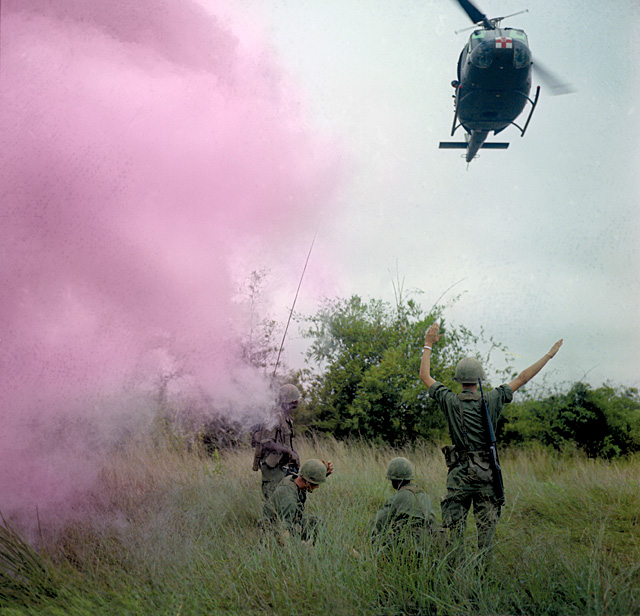

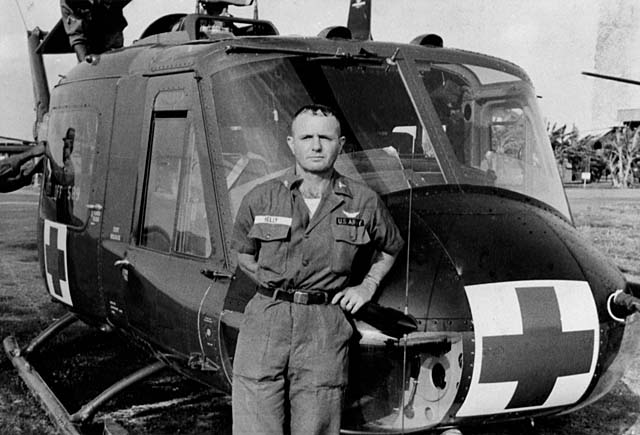 Charles Kelly, who had served in World War II and Korea, commanded (and flew for) the pioneering 57th Medical Detachment (Air Ambulance) in Vietnam, sometimes known as “Kelly’s Krazies.” He lived by the words that became the unit’s creed: “No compromise. No rationalization. No hesitation. Fly the mission. Now!”
Charles Kelly, who had served in World War II and Korea, commanded (and flew for) the pioneering 57th Medical Detachment (Air Ambulance) in Vietnam, sometimes known as “Kelly’s Krazies.” He lived by the words that became the unit’s creed: “No compromise. No rationalization. No hesitation. Fly the mission. Now!”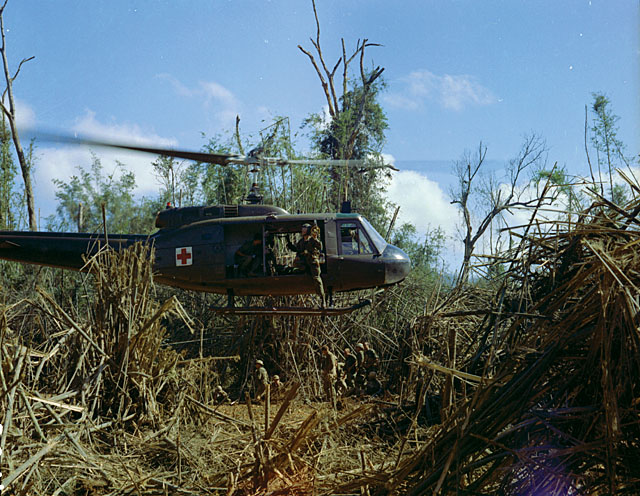
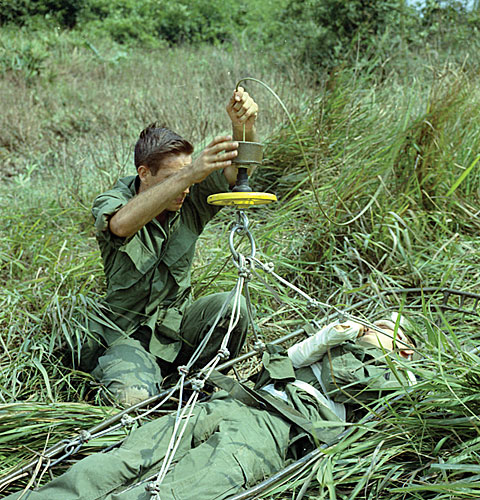 The legacy forged by Vietnam Dustoff pilots is arguably one of the most important advancements in military medicine,” Cheryl Fries said in an interview. “We wanted people to know about both the jaw-dropping heroism of the men who forged it and that of those who have followed in their footsteps.” The film includes a look at Patrick Zenk, who commanded a medevac unit in Afghanistan—and whose father Bruce had flown Dustoffs in the Vietnam War.
The legacy forged by Vietnam Dustoff pilots is arguably one of the most important advancements in military medicine,” Cheryl Fries said in an interview. “We wanted people to know about both the jaw-dropping heroism of the men who forged it and that of those who have followed in their footsteps.” The film includes a look at Patrick Zenk, who commanded a medevac unit in Afghanistan—and whose father Bruce had flown Dustoffs in the Vietnam War. 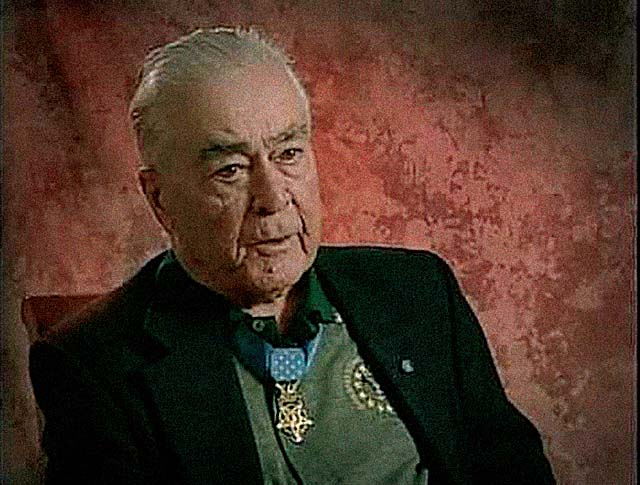 VVA’s Harrisburg, Pennsylvania, Chapter 542’s official name is Capital Chapter 542, Michael J. Novosel Medal of Honor Chapter. After retired Army Chief Warrant Officer Mike Novosel died in 2006 at age 83, the chapter adopted the new name to honor him and his award for his extraordinary heroism under fire as an 82nd Medical Detachment Dustoff helicopter pilot on October 2, 1969. That day Novosel saved the lives of twenty-nine men pinned down by enemy fire near the Cambodian border’s Parrot’s Beak, making fifteen hazardous trips into a white-hot shooting zone to save them.
VVA’s Harrisburg, Pennsylvania, Chapter 542’s official name is Capital Chapter 542, Michael J. Novosel Medal of Honor Chapter. After retired Army Chief Warrant Officer Mike Novosel died in 2006 at age 83, the chapter adopted the new name to honor him and his award for his extraordinary heroism under fire as an 82nd Medical Detachment Dustoff helicopter pilot on October 2, 1969. That day Novosel saved the lives of twenty-nine men pinned down by enemy fire near the Cambodian border’s Parrot’s Beak, making fifteen hazardous trips into a white-hot shooting zone to save them.